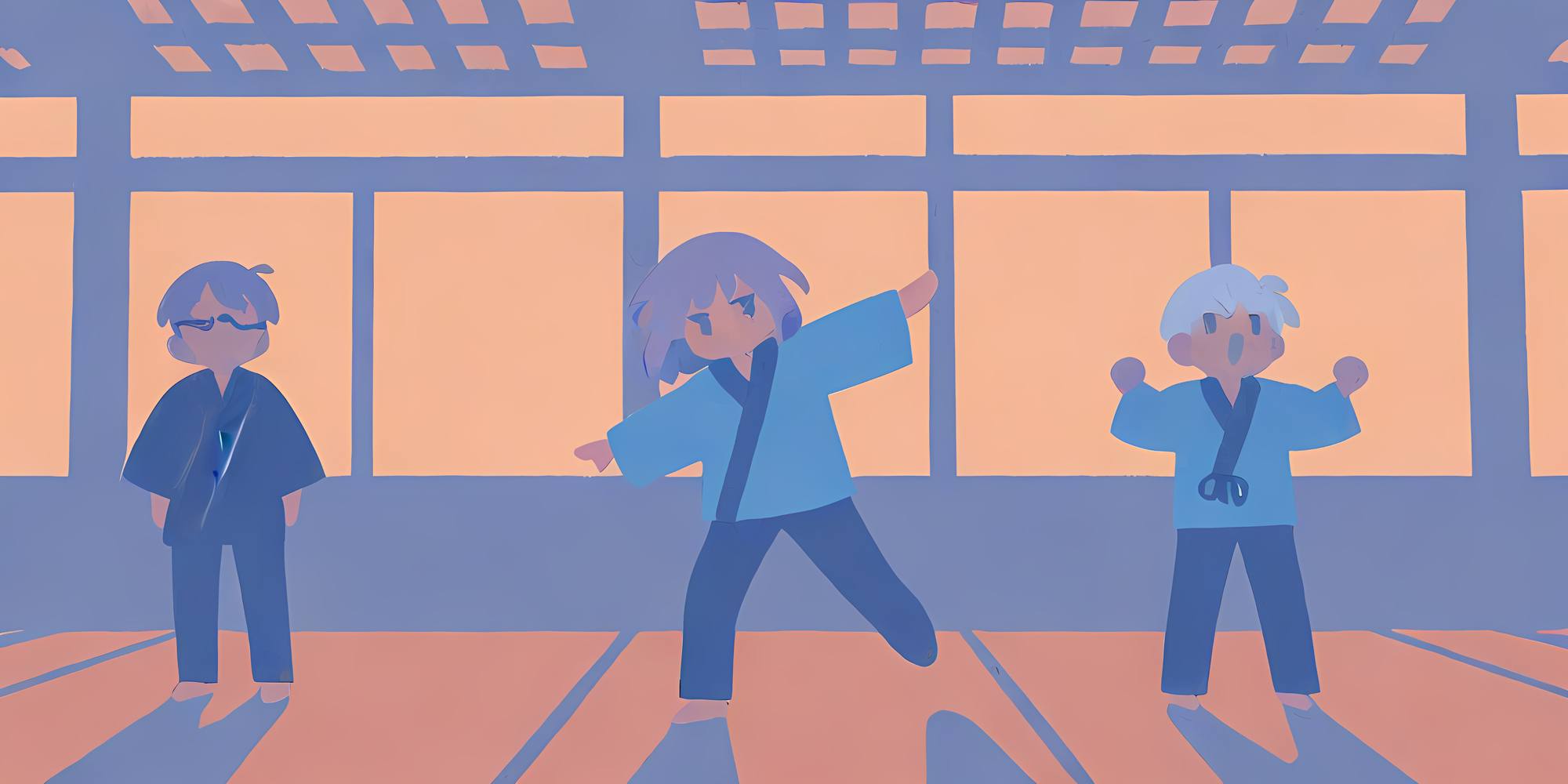Questions for the upcoming gradings in Gothenburg, Sweden, in July. In case of any mistakes in the information I am using the following excuse: This text has been written all in one sitting in the middle of the sunny night.
My photo collection at Flickr of the trips to the seminars of this martial art, Jōdō.
What is Jōdō?
Jōdō (杖道) is a Japanese martial art in which we study the use of a stick (jō) against a sword (katana).
It is said to have been created by Muso Gonnosuke, who saw the techniques in a dream after he was defeated by Miyamoto Musashi. On their second meeting, Muso Gonnosuke won by using the new skills he had developed.
This is how Shintō Muso ryū Jōjutsu was founded.
Today, we are practicing the standardized form of the All Japan Kendo Federation. It was initiated by Shimizu Takaji of the original style founded by Muso Gonnosuke after the second World War. This became known as Seitei Jō. Similar paths have happened to Kendō, Iaidō, and Naginatadō.
The standardized Jōdō consists of twelve basic techniques and twelve basic katas. The basic techniques, called kihon waza, are executed alone (tandoku dosa) or against a swordsman (sōtai dosa).
The stick used in Jōdō is 128 centimeters (4 shaku, 2 sun, and 1 bu) in length and 2.8 centimeters (8 bu) in diameter.
Jōdō is practiced against a swordsman, but for safety, the sword is made of wood, thus a bokken is used by the opponent. The person using the stick is called Shijō, while the person with the sword is called Uchidachi.
The techniques used by the swordsman are similar to those used in Kendō kata.
As a discipline of Budō, Jōdō cultivates its practitioners’ mental skills. A Jōdōka learns etiquette, manners, and well-controlled behavior, which helps in everyday situations.
The 12 names of the Zen Ken Ren Jōdō:
- Tsukizue
- Suigetsu
- Hissage
- Shamen
- Sakan
- Monomi
- Kasumi
- Tachi otoshi
- Rai uchi
- Seigan
- Midare dome
- Ran ai
What are Zanshin and Metsuke?
Zanshin (残心) is usually referred to as awareness of one’s surroundings. How this is displayed in kata, for example, is that opponents maintain constant eye contact with each other and are prepared to engage in battle if a reason for it occurs.
Metsuke (目付) refers to the direction of one’s view, constantly seeing the opponent and the surroundings without losing sight of them.
What are Ki, Jo, and Tai no ichi?
These are all components of the practitioner of Jōdō.
- Ki (気) stands for energy, which can be found everywhere. It is often referred to as the energy of life.
- Jō (杖) is the weapon used in this discipline. It generally refers to the equipment used by the practitioner, in some cases a plain fist or a foot.
- Tai (体) stands for the body.
- Ichi (一) is the number one.
All these components should work as one. Like the name of the club I am training in Helsinki, Ki-ken-tai-icchi (気剣体一致), it refers to the spirit, weapon, and body working as one.
